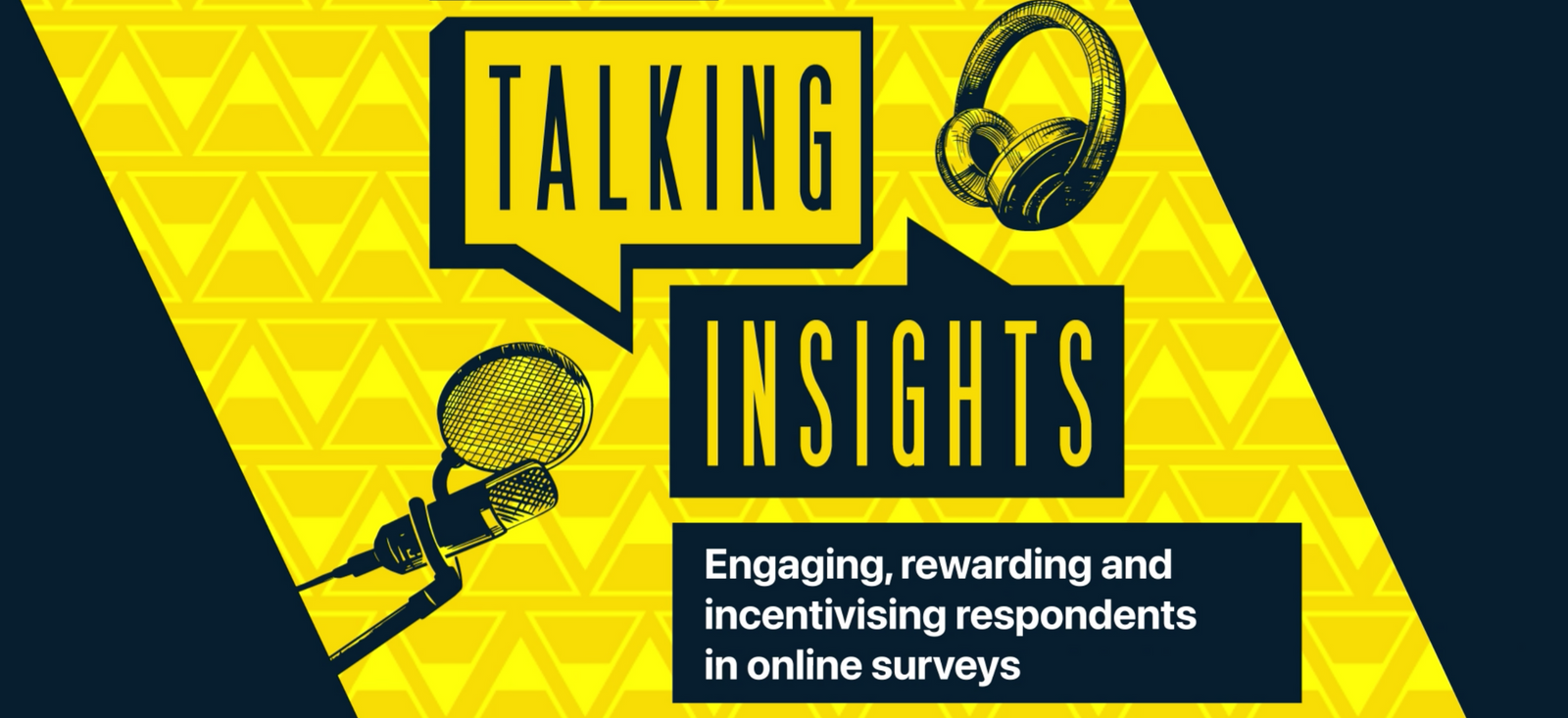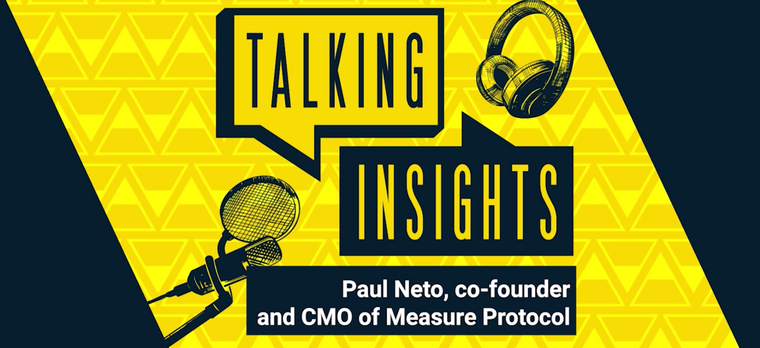Engaging, rewarding, and incentivising respondents in online surveys
Respondents can be divided into two major motivation types: intrinsic and extrinsic, so how do we keep them engaged?

Or listen on on Spotify or Apple Podcasts:
In today's fast-paced world, the field of market research relies heavily on survey respondents. They are the lifeblood of the industry, providing valuable data and insights that shape businesses and industries. However, engaging and incentivising respondents to participate in online surveys can be a challenging task.
In a recent episode of the "Talking Insights" podcast, Nathaniel Shelley-Reade and Danny Farkas from Virtual Incentives, along with Alexandrine de Montera from Full Circle Research, discussed the critical aspects of engaging, rewarding, and incentivising survey respondents.
Key takeaways from the episode:
Engagement and quality go hand in hand:
Engagement and data quality are interconnected. Respondents who are engaged and motivated tend to provide higher-quality responses. This highlights the importance of creating a positive survey experience.
Challenges in respondent engagement:
Engaging survey respondents can be challenging due to a lack of attention and priority given to their experience by researchers. Poor survey design and repetitive questions can lead to respondent frustration and reduced data quality.
The role of incentives:
Incentives play a significant role in motivating respondents to participate in surveys. Respondents can be divided into two major motivation types: intrinsic and extrinsic. Intrinsic motivation is driven by the desire to give their opinion, while extrinsic motivation involves incentives like cash rewards, gift cards, or merchandise.
The importance of choice:
Offering a variety of reward options is crucial. Respondents should have the flexibility to choose the incentive that best aligns with their preferences. Choice and a well-stocked rewards catalogue can enhance engagement.
Balancing the minimum redemption threshold:
Setting the right minimum redemption threshold is crucial. If it's too low, it may attract fraudsters, while if it's too high, it can discourage engaged respondents. Striking the right balance is essential to maximise engagement and minimise the risk of fraud.
Overcoming the trust barrier:
Trust is vital in the relationship between researchers and respondents. Instant, seamless, and transparent incentive delivery helps build trust. When respondents have confidence in receiving their rewards, they are more likely to engage positively.
Targeted engagement for different demographics:
Different demographics may have varying preferences for incentives. For example, Gen Z respondents may prefer instant gratification, while older generations might opt for traditional cash rewards. Tailoring incentives to specific audience groups is crucial for optimising engagement.
The future of respondent engagement:
The market research industry is continuously evolving. Researchers and incentive providers are experimenting with new engagement models, including instant payments and tailored rewards, to enhance the survey experience.
Iliya Hull
Senior Marketing and Community Coordinator at EsomarIliya is the Senior Marketing and Community coordinator here at ESOMAR. An avid traveller, he enjoys exploring the nooks and crannies of different cultures and when all of that becomes too much, can be found getting lost in the mountains or wiping out in a wave.
Born in Russia, raised in England and now working in the Netherlands, Iliya uses his multicultural background to influence, inspire and inform his marketing role to help create a better connected global ESOMAR community.


